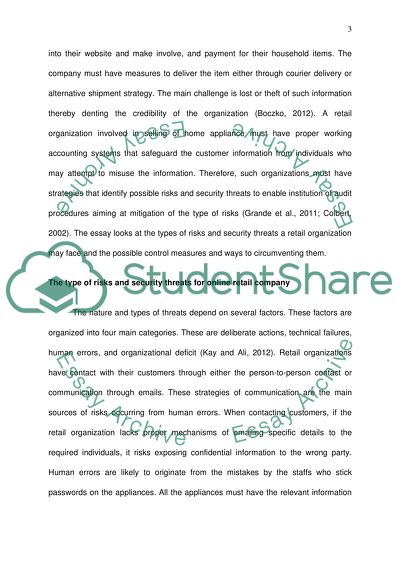Cite this document
(“Information Systems in Accounting and Finance Essay”, n.d.)
Information Systems in Accounting and Finance Essay. Retrieved from https://studentshare.org/finance-accounting/1686834-information-systems-in-accounting-and-finance
Information Systems in Accounting and Finance Essay. Retrieved from https://studentshare.org/finance-accounting/1686834-information-systems-in-accounting-and-finance
(Information Systems in Accounting and Finance Essay)
Information Systems in Accounting and Finance Essay. https://studentshare.org/finance-accounting/1686834-information-systems-in-accounting-and-finance.
Information Systems in Accounting and Finance Essay. https://studentshare.org/finance-accounting/1686834-information-systems-in-accounting-and-finance.
“Information Systems in Accounting and Finance Essay”, n.d. https://studentshare.org/finance-accounting/1686834-information-systems-in-accounting-and-finance.


